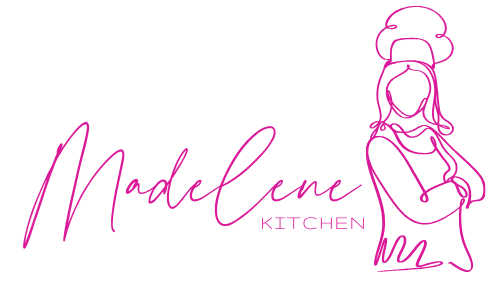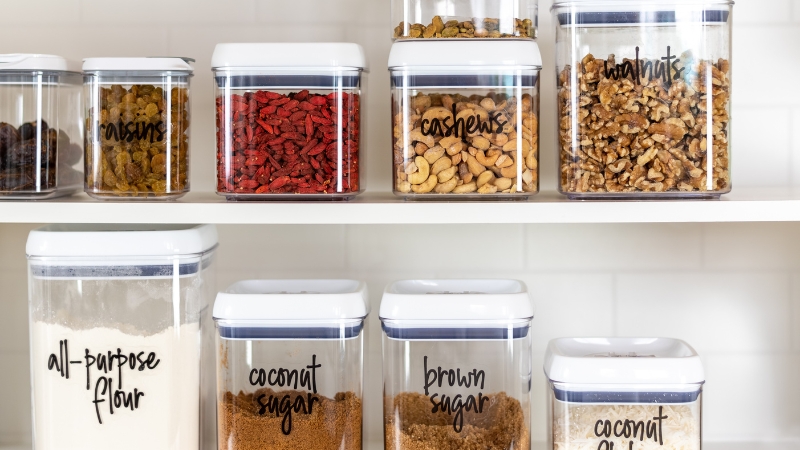A well-organized kitchen makes cooking easier and more enjoyable. Labeling jars and containers is one of the simplest ways to boost efficiency and elevate visual style.
It prevents confusion, reduces waste, and brings consistency to storage solutions.
With the right approach, labels can be both functional and attractive, creating a pantry that is neat and practical.
Labels save time when searching for ingredients, especially in a busy household.
Clear identification prevents accidental use of the wrong items and cuts down on food waste by reminding cooks of what they have on hand.
1. Custom Printed Labels
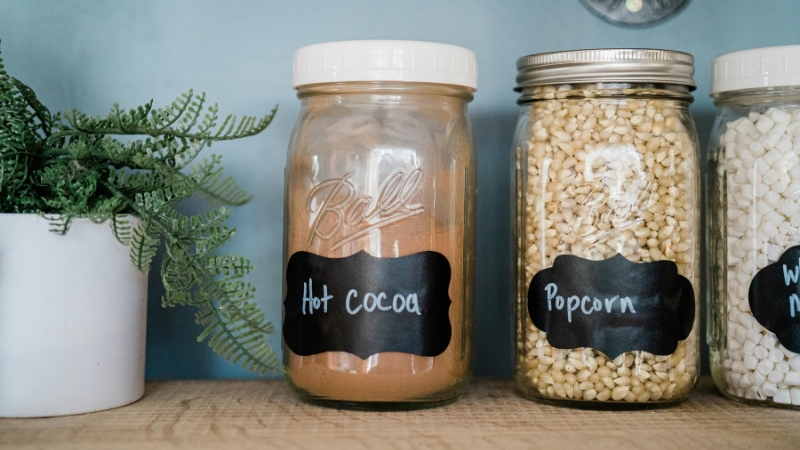
Custom printed labels offer a refined, professional touch that many home cooks and organizers love. They bring uniformity to the pantry, making it feel orderly and intentional.
With various available software, it becomes simple to customize details such as font style, size, and even color themes that match the kitchen’s aesthetic.
Printed labels are especially suitable for households that want a polished look without the effort of handwriting or constant relabeling.
They adhere well to glass, plastic, or metal containers and remain durable even after repeated handling.
Multiple finishes are available, including matte, glossy, and waterproof, which adds another layer of practicality.
Advantages of custom printed labels include:
2. Handwritten Labels with Permanent or Oil-Based Markers
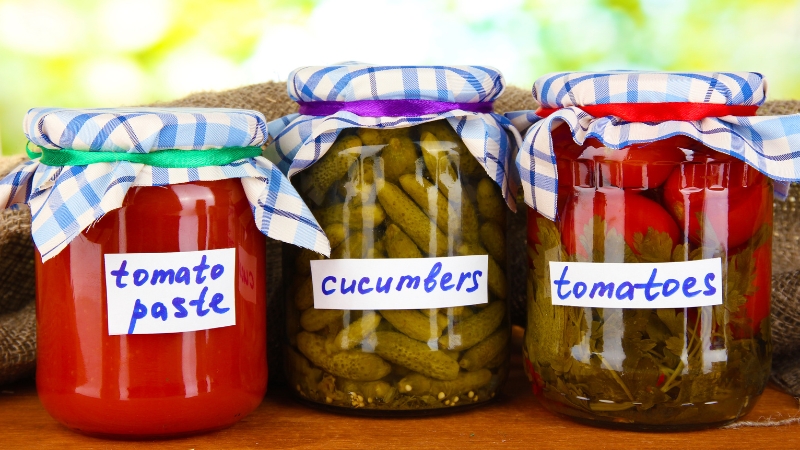
Handwritten labels introduce a warm, personalized touch that reflects creativity and individuality.
They require minimal tools and can be as simple as writing directly on jars with a permanent or oil-based marker.
Adhesive paper also provides a base for those who want removable stickers.
This method is budget-friendly and accessible, making it popular for families who value quick solutions.
Paint pens and Sharpie oil-based markers add vibrancy, while handwriting style can make labels playful, elegant, or minimal depending on preference.
Though less consistent than printed labels, the hand-crafted look resonates with those who enjoy a more personal feel.
A useful tip comes from Clean Mama: stubborn ink can be removed using lemon essential oil, making it easier to refresh jars when needed.
Key points for handwritten labels:
3. Washi Tape
Washi tape offers a playful, colorful way to manage kitchen organization.
Known for its decorative qualities, it originated in Japan and has become popular worldwide. The tape is temporary, easy to reposition, and leaves no sticky residue.
Writing directly on the tape creates instant, functional labels without fuss.
For households that want flexibility, washi tape provides endless creative options. Patterns, textures, and vibrant colors allow quick labeling that doubles as decoration.
It is particularly useful when labeling items that change frequently, such as leftovers or seasonal goods.
Mention of custom washi tape adds another dimension, allowing designs tailored to personal taste or even family themes. This makes labeling not just functional but fun.
Benefits of using washi tape for labeling:
4. Chalkboard Labels
View this post on Instagram
Chalkboard labels are a reusable option that combines practicality with a stylish twist.
They come in various shapes and sizes, often with adhesive backing that allows easy application to jars and containers.
Once written on with chalk pens, they can be erased and rewritten multiple times.
These are particularly useful for bulk ingredients that rotate often, such as beans, rice, or flour.
They also allow experimentation with creative calligraphy, giving the pantry a personalized yet cohesive look.
Rustic or farmhouse-style kitchens especially benefit from chalkboard labels, but they can also fit modern interiors when paired with simple handwriting.
Advantages of chalkboard labels:
5. Clear or Transparent Labels
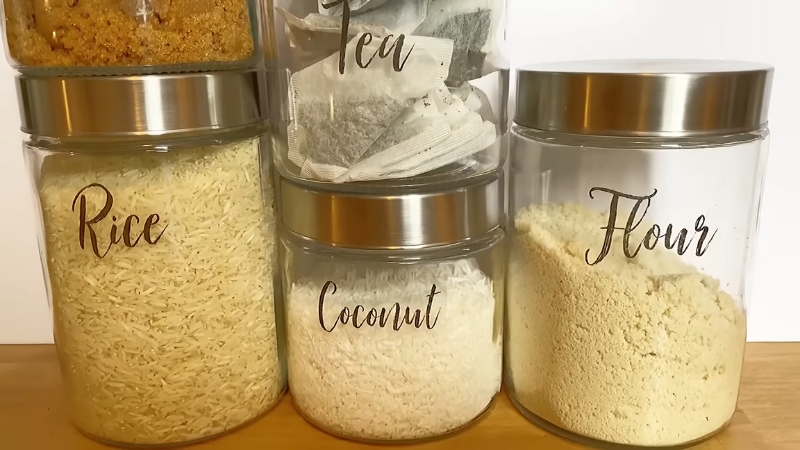
Clear or transparent labels provide a sleek way to organize jars while allowing the contents inside to remain visible.
Their minimalist quality makes them suitable for modern kitchens where simplicity is valued.
With the label blending into the surface of the jar, the focus stays on the food inside, especially when colorful ingredients like lentils, herbs, or dried fruit are stored.
Transparent variants are also versatile in terms of finish.
Some come in glossy styles for a polished effect, while matte finishes provide a subtler look.
They can be paired with different fonts for added personality, ranging from bold and modern to delicate and script-like.
Why clear labels work well:
6. Round and Square Pre-Cut Labels
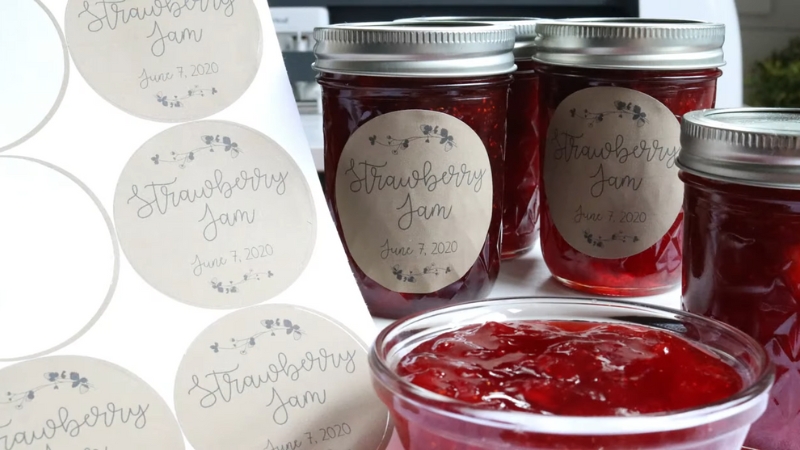
Round and square pre-cut labels simplify the labeling process by offering ready-made shapes that suit different containers.
These labels are widely available in various sizes, making them adaptable for:
- Spice jars
- Larger canisters
- Bottles
Avery provides templates that make customization easy. Users can adjust colors, fonts, and layouts online before printing at home.
Different finishes, such as matte, glossy, or waterproof options, ensure durability while matching the kitchen’s overall style.
Key benefits of pre-cut labels:
7. Fabric or Twine Tags
@littlemayknots such an easy way to brand your products or use cute sayings on the tags for your personal items! note: I did not come up with this idea! I first saw @Xoxo Charley do it on her YT vid, loved it, and now do it for all my sewn item tags! check out her YT for her tutorial! #fyp #sewingtiktok #sewingtutorial #handmade #sewingforyoupage ♬ Girls Just Want to Have Fun – yourmusic4ever💯
Fabric or twine tags create an artisanal look that feels handcrafted.
They are often made using burlap, linen, or satin, then cut into small tags that can be tied to jars with string or twine. These tags can be handwritten, decorated, or stamped for extra style.
Fabric labels are best suited for decorative use, such as when giving homemade goods as gifts or setting up a pantry with a rustic vibe.
While not as durable for everyday use, they provide a tactile quality that is visually striking.
Highlights of fabric or twine tags:
8. Metal or Embossed Labels
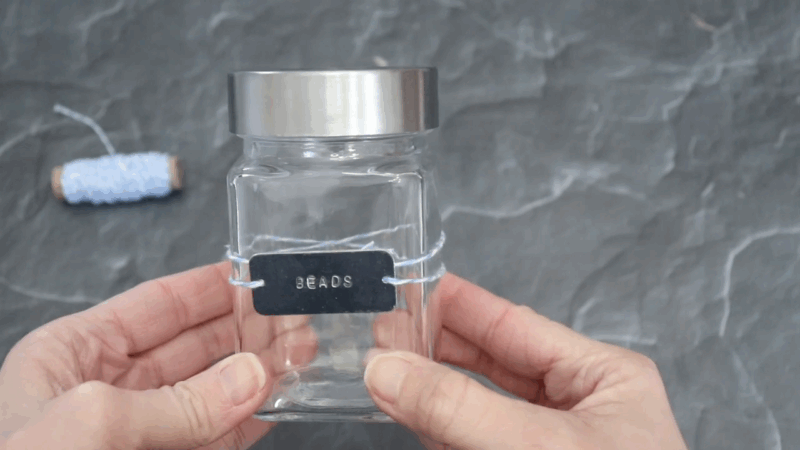
Metal or embossed labels represent the most durable and long-lasting option.
They can be magnetic, adhesive, or clipped onto jars and containers.
These labels are dishwasher-safe and resistant to fading, making them perfect for households that want permanence.
Metal labels bring a high-end aesthetic, especially in kitchens designed with industrial or modern styles.
Their embossed surface adds texture, making them not only functional but visually impactful.
While the cost is higher compared to other methods, their longevity offsets the investment.
Reasons to choose metal or embossed labels:
Summary
Choosing the right labeling method depends on kitchen style, container materials, and how often labels need updating.
Mixing and matching options can balance both function and creativity.
Labeling transforms an organization into an experience that feels thoughtful and enjoyable.
